Here, we examine author and molecular biologist Dr. John Medina’s “Brain Rules,” a popular book on implementing brain science to classroom and professional dynamics. Medina lists 12 fundamental “brain rules” (what scientists know for sure about how our brains work), and many presented points are incredibly pertinent to molding the ideal learning environment.
The way our collective brains as a species have evolved is a truly fascinating and ongoing event. Possessing a deeper understanding of the way our minds function on both a mass and individual level allows us to hone our cognitive strengths, as well as revolve our routines to our benefit.
Separating the analysis between students and faculty, below are a few key takeaways for both sides of the classroom that are directly related to fostering a learning space that may maximize educational efficiency and retention.
Key Takeaways for Students
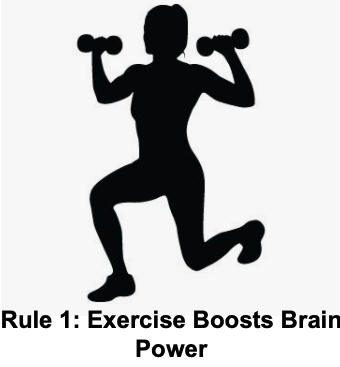
Rule #1: Exercise Boosts Brain Power
Exercise improves cognition for two reasons:
1. Exercise increases oxygen flow into the brain, which reduces brain-bound free radicals. One of the most interesting findings of the past few decades is that an increase in oxygen is always accompanied by an uptick in mental sharpness.2. Exercise acts directly on the molecular machinery of the brain itself. It increases neurons’ creation, survival, and resistance to damage and stress.
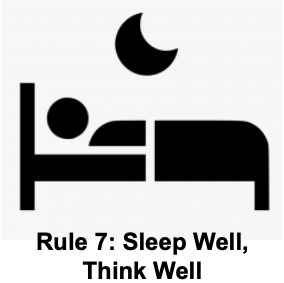
Rule #7: Sleep well, think well.
Sleep must be important because we spend 1/3 of our lives doing it! Loss of sleep hurts attention, executive function, working memory, mood, quantitative skills, logical reasoning, and even motor dexterity. Taking a nap might make you more productive. In one study, a 26-minute nap improved NASA pilots’ performance by 34 percent!
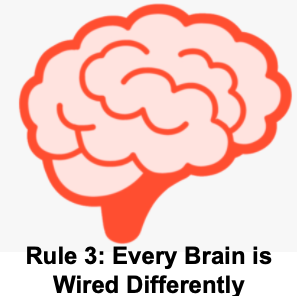
Rule #3: Every brain is wired differently.
What YOU do and learn in life physically changes what your brain looks like – it literally rewires it. We used to think there were just 7 categories of intelligence. But categories of intelligence may number more than 7 billion—roughly the population of the world. Learn which learning style is best for you, personally, and customize your studying style to learn effectively.
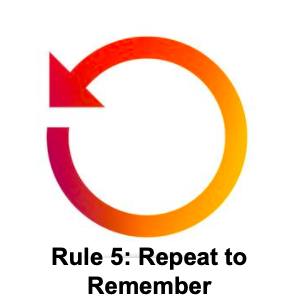
Rule #5: Repeat to remember.
Improve your memory by elaborately encoding it during its initial moments. Many of us have trouble remembering names. If at a party you need help remembering Mary, it helps to repeat internally more information about her. “Mary is wearing a blue dress and my favorite color is blue.” It may seem counterintuitive at first but study after study shows it improves your memory.
Key Takeaways for Faculty

Rule #4: We Don’t Pay Attention to Boring Things.
For instructors, it’s important to note that boredom is less of a matter of determination, but more of a matter of evolution. The topics and delivery methods that students pay attention to are profoundly influenced by predictive memory. Try to open main ideas and lectures with emotional and relevant anecdotes, or something attention grabbing to capture the students’ interests in seconds. Typically, an individual can maintain attention for only 10 minutes, and then requires a break and second boost of attention to restart the clock.
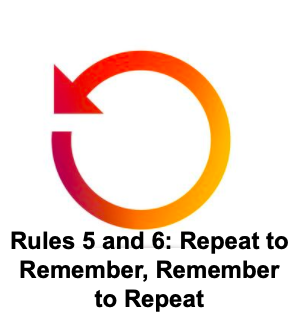
Rules #5 and #6: Repeat to Remember, Remember to Repeat.
Memories are very volatile. The human brain can only retain around seven pieces of information for less than 30 seconds; this is crucial for powerpoint presentations in terms of not overwhelming your audience with multiple facts on one slide. If an instructor would like to extend information retention to a few minutes or even an hour or two, the information must be consistently re-exposed to students in specifically times intervals through either examples, practice or checkpoint summaries.

Rule #10: Vision Trumps all other Senses.
The book describes the interconnection between sense and memories as a “learning link,” stating that multi-sensory environments will always lead to a better learning outcome. The human brain is incredible at remembering pictures, so to hear information presented alongside a visual stimulant will increase a student’s memory retention by 55 percent. It is also important to note that, during presentations, interpreting pictures is more efficient than interpreting text in terms of brain functionality.
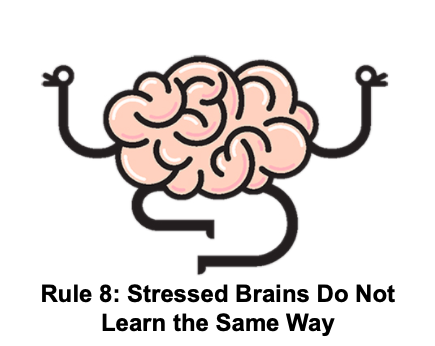
Rule #8: Stressed Brains Do Not Learn the Same Way.
It is important to pay attention to the classroom dynamics that are created amongst peers and between the faculty and students. If an individual does not feel safe–whether that be physically or emotionally–he or she may not perform as well. A student may become isolated if they feel misunderstood by a teacher or disconnected with their teaching methods.

Rule #3: Every Brain is Wired Differently.
Lastly, it is essential to understand that every student enters the classroom with their own personally built set of developmental strengths and stress, short and long term memories, and overall varying levels of cognitive function. Every brain is wired differently, so it may behoove an instructor to attempt to integrate different pedagogical techniques to see what is best for the majority, or place separate, special attention to individuals who may require or seek other methods of learning and engagement.

